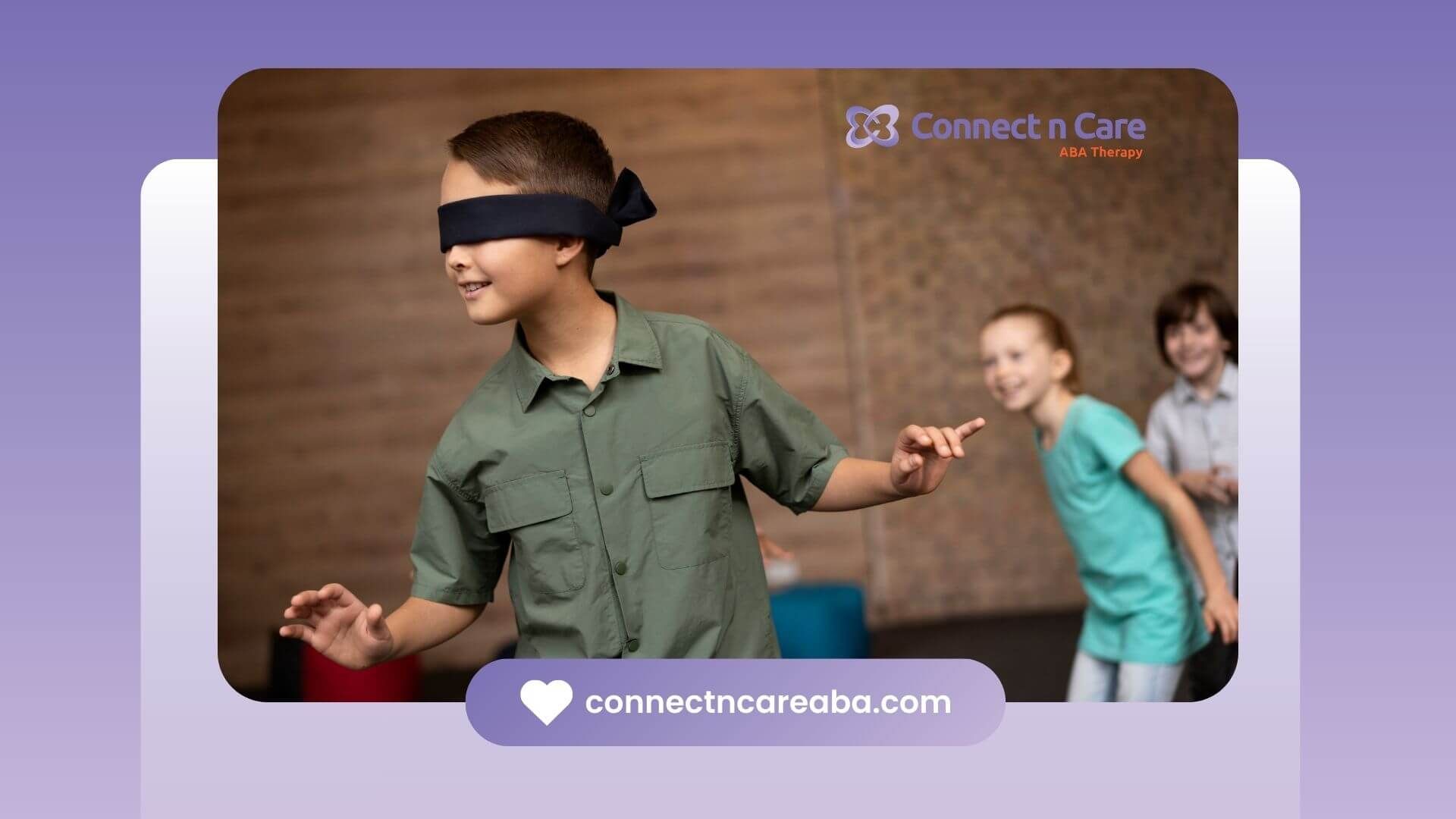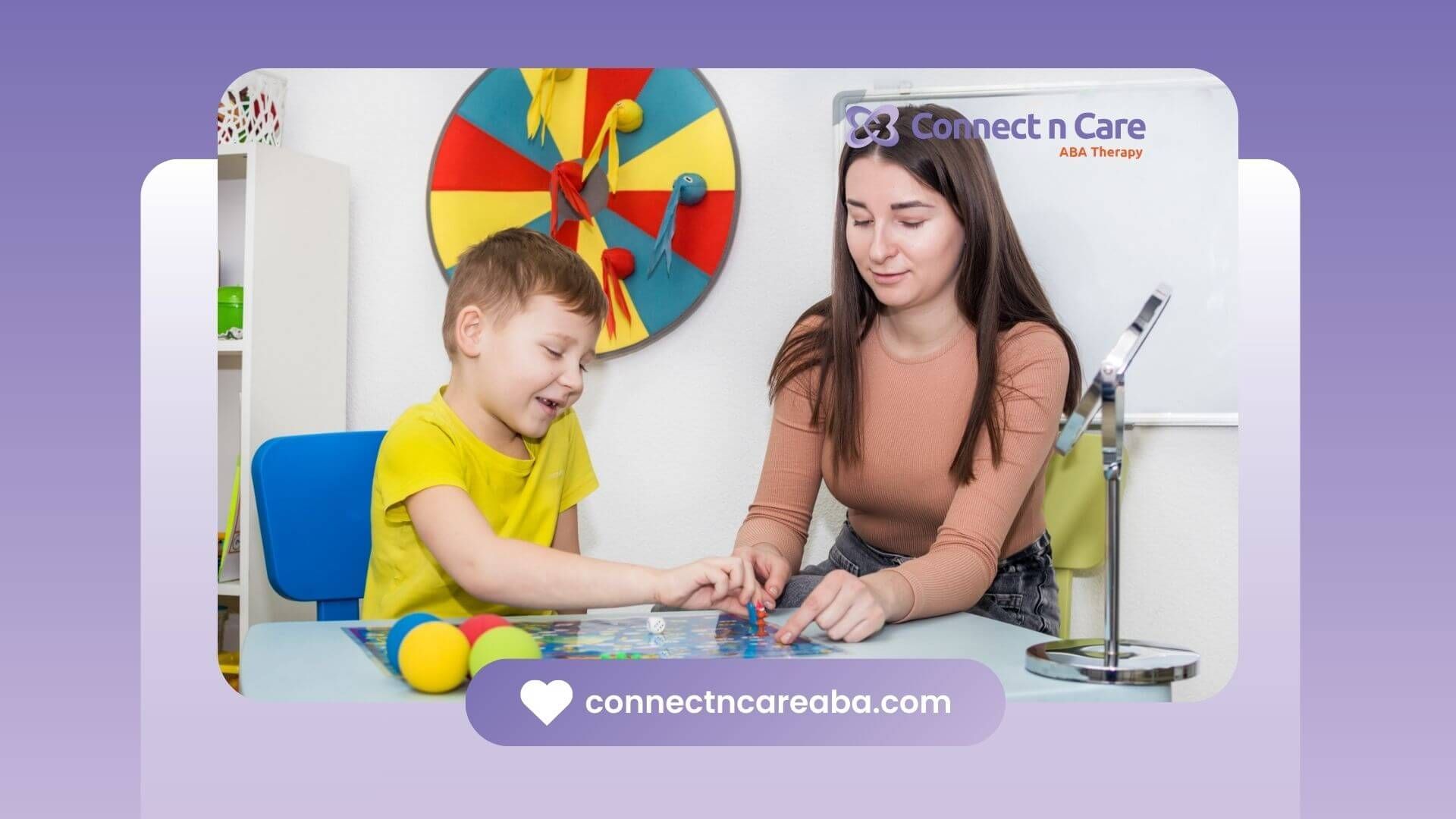Key Highlights
- Napoleon Dynamite's quirky personality, struggles in high school, and unconventional approach to life have sparked debates about whether he may exhibit traits of autism.
- Fans and critics observe behaviors such as missing social cues, intense interests, and literal communication style that align with autism spectrum traits.
- However, the exaggerated comedic tone of the film complicates labeling him as a true representation of autism.
- Comparisons with
neurotypical teenage behaviors highlight how his uniqueness goes beyond typical adolescent quirks.
- Relationships with characters like Pedro, Deb, and Kip provide insights into his social abilities, shedding light on themes of individuality and acceptance.
Introduction
Napoleon Dynamite is the quirky main character from the 2004 film that has gained a following. He keeps viewers entertained with his unique actions and the way he interacts with others. His time in high school is filled with strange social moments and funny jokes. This often leads people to wonder if he might be on the autism spectrum. Napoleon can’t quite fit in with the usual high school life. His strong interests and different way of talking make fans curious. They ask, is his odd personality just a funny act, or does it show real neurodiversity? Let’s look into what makes Napoleon so special.
Analyzing Napoleon Dynamite's Behavioral Traits
Napoleon Dynamite's
character shows behavior that can be looked at through the traits of autism. Watching what he does helps us understand how he interacts with others and thinks. By looking at his actions next to normal teenage behaviors, we can figure out if his differences come from autism or if he is just being himself. Let's take a closer look at traits that are often linked with autism and how they differ from what high school students usually do.
Identifying Autistic Characteristics in Napoleon's Actions
Napoleon shows behaviors that relate to autism spectrum traits. He has trouble with eye contact, and he is sensitive to certain situations. His straightforward way of speaking and many misunderstandings of social cues are traits we often see in autistic people. He has interests, like drawing fantastic ligers or improving his dance, that are similar to the special interests many individuals on the autism spectrum have.
We can also see his sensitivity in how he acts. His big sighs and unique walking style could be like stimming behaviors. Many autistic individuals use stimming to help themselves feel better. Additionally, his reaction to sensory experiences, like feeling uncomfortable when he has a raw egg in his pocket, might show that he has a hypersensitivity to touch.
These moments help us relate to his character better, especially for those on the spectrum. However, it’s important to compare these traits against typical behavior seen in teens.
Comparison with Typical Teenage Behaviors
In many ways, Napoleon's uniqueness stands out when we think about the typical awkwardness of high school students. He is different from neurotypical people who can quickly adapt to changing social situations. Napoleon often has a hard time making small talk or understanding social status. He tends to speak at length about specific topics, which shows a style of thinking that is not common among his peers.
While many teens feel awkward or insecure in high school, Napoleon's behavior is different from the usual experience. He cannot read or respond to social cues well, making it hard for him to connect with other teenagers. For example, when he reacts in a serious way to events, it feels more like isolation than just a phase of growing up.
These differences suggest that his actions may not just be normal teenage quirks. It’s possible to look at them in the context of neurodivergence. Still, social interactions give us a better understanding of his experience.
Social Interactions and Relationships in "Napoleon Dynamite"
The film does a great job showing how Napoleon connects with people. It gives us important insights into his social skills. By looking at how he interacts with others, we see both his struggles and his growth. His relationships with characters like Pedro, Deb, and Kip show how he deals with social cues and the challenges of human connections. As we watch Napoleon handle friendships and family situations, we start to understand how he might relate to traits seen in the autism spectrum.
How Napoleon's Social Skills Reflect Possible ASD
Napoleon has a hard time understanding social cues. This makes responding to situations tough for him. For example, he often has awkward pauses and gives strange replies. He also tends to take questions too literally. This shows the types of struggles many people with ASD face. He often does not see social situations clearly, which can cause misunderstandings with those around him, like friends and family. Still, he stays true to himself, which is something many in the autism community admire.
In group settings, Napoleon has trouble fitting in, especially in classes or when dealing with bullies. He appears uncomfortable in larger groups. Instead of joining the conversation, he often focuses on his own interests, like training with nunchakus or drawing.
Even though some of his behavior is exaggerated for comedic effect, it reflects real experiences for people who have similar social challenges.
Relationship Dynamics with Other Characters
Napoleon’s friendships with Pedro, Deb, and others show us a lot about his social life. With Pedro, he builds an unusual but supportive friendship. Even with challenges in communication, they connect well. When Napoleon first meets Deb, he tries awkwardly to connect with her. In the end, they find a way to understand each other. This shows his loyalty and ability to relate.
Kip, his older brother, makes their family connections more complicated. They often argue, but they also have good times together as siblings. Trisha is polite but keeps a distance, which adds to the confusion for Napoleon. He struggles with what others expect from him without saying it.
What's interesting is how Napoleon brings people into his world. He does not change to fit into theirs. These relationships, while different, show themes of acceptance and finding a place to belong, even when it's outside social norms.
Conclusion
In conclusion, the character of Napoleon Dynamite gives us a special way to look at behaviors linked to autism spectrum disorder. His unique traits, interactions, and relationships give us important understanding about the details of ASD. His quirky habits and the struggle he has to connect with others make viewers think about the complexities of autism. It is important to talk about such topics with care and understanding, encouraging chats about how autism gets shown in media. If you are interested in this way of looking at autism in popular culture, you can reach out for more resources or share your thoughts on this topic.
Frequently Asked Questions
What specific behaviors might indicate Napoleon has autism?
Napoleon had some behaviors that might suggest he was on the autism spectrum. For example, he was very sensitive to touch, found it hard to keep eye contact, and struggled with bullies or social situations. He also had some quirks, like focusing on special interests and speaking literally. These traits match with common challenges faced by people with autism.
How does Napoleon's interaction with peers differ from neurotypical teenagers?
Napoleon finds it hard to understand social cues. He also struggles with making small talk and figuring out how groups function. This makes him different from most teenagers. He doesn’t care much about social status. His trouble adapting to regular conversation rules sets him apart. His strong interest in specific topics shows his unique way of interacting.
Can Napoleon Dynamite be seen as a representation of autism in media?
Napoleon Dynamite may not say that its main character has autism, but he shows traits often linked to autism. Jon Heder plays this title character. His unique habits, struggles, and way of thinking are similar to the experiences of people with Asperger’s syndrome. This connection opens up important talks about autism representation and neurodiversity in movies.
SOURCES:
https://www.imdb.com/title/tt0374900/
https://www.charactour.com/hub/characters/view/Napoleon-Dynamite.Napoleon-Dynamite
https://www.tumblr.com/alexandertheobscure/72687188072/napoleon-dynamite-a-comedy-driven-by-character
https://brainwave.watch/does-napoleon-dynamite-have-autism/
https://filmobsessive.com/film/film-features/film-lists-rankings/four-movies-with-autistic-coded-characters/









